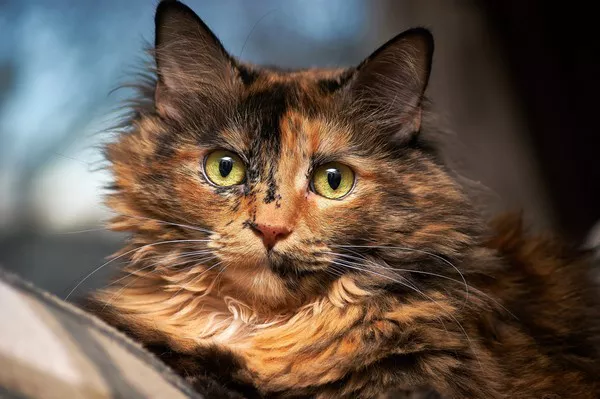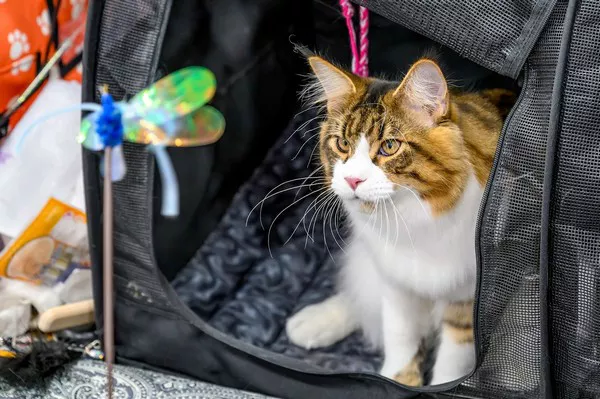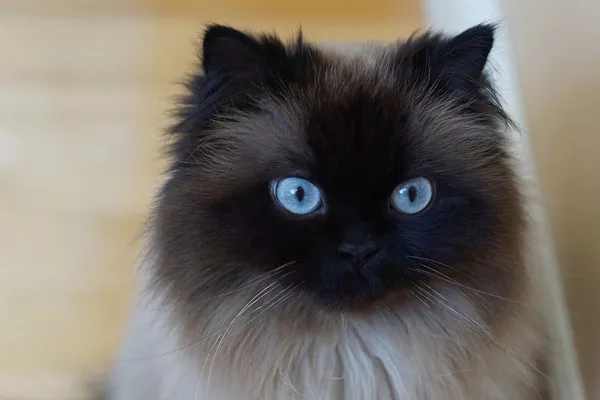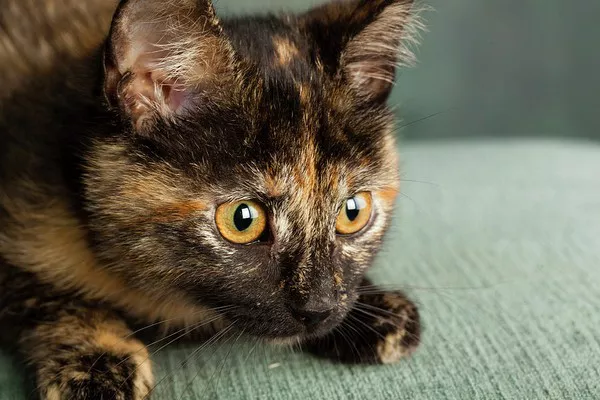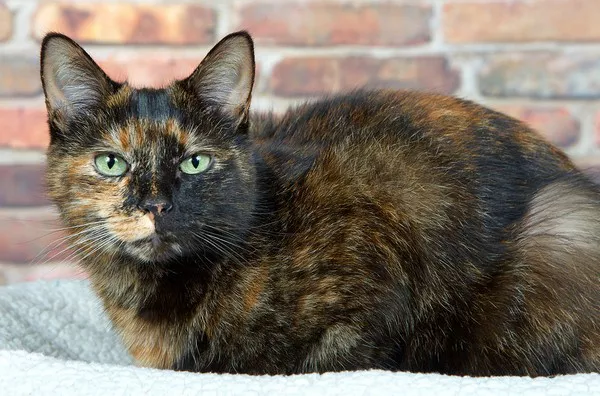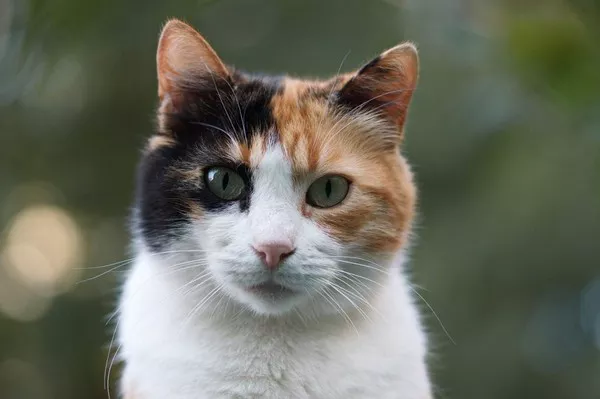Tortoiseshell cats, also known as “torties,” are a popular cat breed with a unique appearance. These felines have a coat that is a combination of various colors, making them stand out from other cat breeds. In this article, we will discuss what a tortoiseshell cat looks like and what makes them so special.
Appearance
Tortoiseshell cats have a distinct coat pattern that consists of various shades of black, brown, red, and sometimes even white. The pattern itself is a mottled or marbled appearance with no two cats having the same exact markings. The colors can be arranged in patches, stripes, or swirls, and there may be dark spots or stripes on their faces. Tortoiseshell cats have short, dense fur that is soft to the touch and requires minimal grooming.
One of the most notable characteristics of tortoiseshell cats is their bright, vivid coloring. The colors of their fur are often intense and striking, giving them a bold and lively appearance. The combination of colors also varies greatly, with some cats having more black than brown and others having more red than black.
Personality
Tortoiseshell cats are known for their unique personalities, which can be both endearing and challenging at times. These cats are intelligent, independent, and fiercely loyal to their owners. They are also highly energetic and playful, making them great companions for children and active adults.
However, tortoiseshell cats can also be stubborn and territorial, particularly towards other cats. They are known for being vocal and will often “talk” to their owners, using a variety of meows, chirps, and purrs to express themselves. Overall, tortoiseshell cats make great pets for those who are willing to put in the time and effort to understand and appreciate their complex personalities.
Genetics
The unique pattern of a tortoiseshell cat’s coat is the result of genetic inheritance. Tortoiseshell cats are almost exclusively female, as the coloration pattern is linked to the X chromosome. Male tortoiseshell cats do exist, but they are extremely rare and often sterile due to the genetic abnormality that causes their coloration.
Tortoiseshell cats can also have a variation known as a dilute tortoiseshell or “blue-cream” coat, which features softer pastel colors instead of the traditional dark shades. This variation occurs when the gene responsible for producing black fur is diluted, resulting in a lighter coat.
Health
Like all cats, tortoiseshell cats require regular veterinary check-ups and vaccinations to maintain good health. They are prone to common feline health issues such as dental problems, obesity, and respiratory infections. Owners should also monitor their cat’s weight and diet to prevent obesity-related conditions.
In addition to these common health concerns, tortoiseshell cats have a higher likelihood of developing certain medical conditions. Studies have shown that tortoiseshell cats have a higher incidence of urinary tract infections, particularly in older females. They may also be more prone to certain types of cancer, including mammary tumors and lymphoma. As such, it’s essential for owners to keep a close eye on their cat’s overall health and seek veterinary care if any unusual symptoms arise.
Conclusion
Tortoiseshell cats are easily recognizable by their unique coat pattern and vivid coloring. They are intelligent, independent, and make great companions for those who are willing to appreciate their complex personalities. While they may be prone to certain health concerns, with proper care and attention, they can live long, healthy lives. If you’re considering adding a tortoiseshell cat to your family, be sure to do your research and choose a reputable breeder or rescue organization. With patience, love, and plenty of playtime, your tortie will be a cherished member of your family for years to come.

